As a knitting pattern designer, I try to keep an eye on what other designers are doing. This is especially true for knit garment sizes.
It’s helpful to know when industry standards start changing. That way, I can make sure to adapt my patterns or otherwise do what I need to do to keep up with the times. It’s not so much a question of what others’ designs look like aesthetically. I’m more interested in what they are doing functionally.
Take, for example, the conversations over the last several years about size inclusivity.
When I first started designing, I did a round yoke sweater. I knew very little about knit garment sizes, though. To get an idea of how I should grade, I looked at how others graded their sweaters. Most of them tended to grade for five sizes and rarely went above a 50-inch bust. Thanks to the efforts of many knitters and designers, that standard has shifted, and it’s now much more common to see sweaters graded for nine sizes from a 30-inch bust to a 60-inch bust.
That conversation was really helpful to me even though I have been focused on designing accessories. You see, it encouraged me to start grading my hats, mitts, and socks, too. Torsos aren’t the only parts of the body that come in varying shapes and sizes, after all. People with larger and smaller heads, hands, and feet deserve well fitting knitwear, too.
Changing knit gauge without grading is a shortcut.
Lately, I’ve seen some patterns try to take a shortcut on sizing. Instead of grading, they just advise knitters to increase or decrease their gauge to make different knit garment sizes. I’m not talking about patterns that include an entire carefully plotted grid of different stitch and row counts so people can knit the same design in several different gauges and do it well. I’m talking about sock patterns that say things like, “to make a larger size, just go up one needle size.”
I think that’s a bad idea. Here’s why.
Changing knit gauge affects fabric drape.
The drape of the fabric created by your stitches are key elements of a design. A tighter gauge will generally lead to a stiffer fabric. On the other hand, a looser gauge will create a looser, more movable fabric.
In some situations, a slight change in gauge won’t make much of a difference. In other situations, it can be really significant.

Take a look at this photo on the left. This shows the same yarn knit on size 6, size 8, and size 10 needles. That’s 4.0 mm, 5.0 mm, and 6.00 mm, for my metric-system friends.
You can see visible differences in the stitches.
The stitches from the size 6 needles are tight, even, and a little stiff. If you look at the stitches from the size 8 needles, they’re looser and have more drape. The stitches from the size 10 needles are very loose and have created a fabric that’s downright floppy.
Those are going to create three very different garments.
What does that mean in practical terms? Changing only the needle size without grading the garment will create visibly different garments.
Changing knit gauge affects durability.
When you’re working on a project like a handknit sock, it’s particularly important to get the gauge right. A gauge that’s too tight will make the sock stiff and uncomfortable. A gauge that’s too loose will lead to the sock wearing out more quickly than it otherwise would.
Generally speaking, when you are working on a fingering-weight sock, you should aim for between seven and eight stitches per inch. If the only way you can adjust the size of the socks is by increasing or decreasing the gauge, you will end up with a gauge that isn’t right for the job.
After putting in 20 or more hours of work, that’s not the end result you want.
Changing knit gauge limits your knit garment sizes.
As we’ve discussed, gauge affects the drape and durability of knit fabric. As a result, using a change in gauge as the only way to adjust size on your garment also necessarily limits the range of sizes for that garment. You can only really go up a needle size or two and still use the same kind of yarn recommended in the original pattern. If you go beyond that, the stitches will be too loose or too tight. This means your knit garment sizes will be limited to just a few sizes.
If our goal as knitwear designers is increased size inclusivity—and that should be our goal—then changing the size of a garment only by changing its gauge and not by also grading the garment is not going to get us there.
Changing knit gauge often involves additional math that the knitter shouldn’t have to do.
Part of my job as a designer is making sure that the knitter has as easy a knitting process as possible.
That means that I do the math for you, double check the numbers, get the pattern tech edited to make sure my instructions make sense, send it through a test knitting process, and generally do anything else I can think of so that the knitter just has to focus on following the instructions and enjoying the stitching process.
If there’s one thing I’ve learned in my design process, it’s that changing stitch gauge often involves changing row gauge, as well. A knit garment is like the inner workings of a clock. You change one part, and that change ends up affecting other parts, too.
So when you change the stitch or row gauge on a knit garment as a way to add more knit garment sizes, you end up changing other parts of it that require the knitter to do more math and figure out how to fix their design. It’s not just a simple scale up and scale down. When somebody buys a pattern, expecting something well written and easy to follow, they shouldn’t have to do the math, too.
—
Effectively changing the size of a knit garment can be a tedious and frustrating process, even when done by professionals. That’s why the professionals charging for their work shouldn’t leave that part of the process up to the knitter.
Knitters, you deserve better.
Let’s stay connected!
Join my newsletter for 30% off all new releases, regular updates with helpful tips and tricks, first crack at registration for upcoming workshops, exclusive discounts, and more.
Join the A Bee In The Bonnet Facebook Group to participate in knitalongs and other fun community events
Come hang out with me on the A Bee In The Bonnet TikTok
Follow along on the A Bee In The Bonnet Instagram
Get inspired via the A Bee In The Bonnet Pinterest


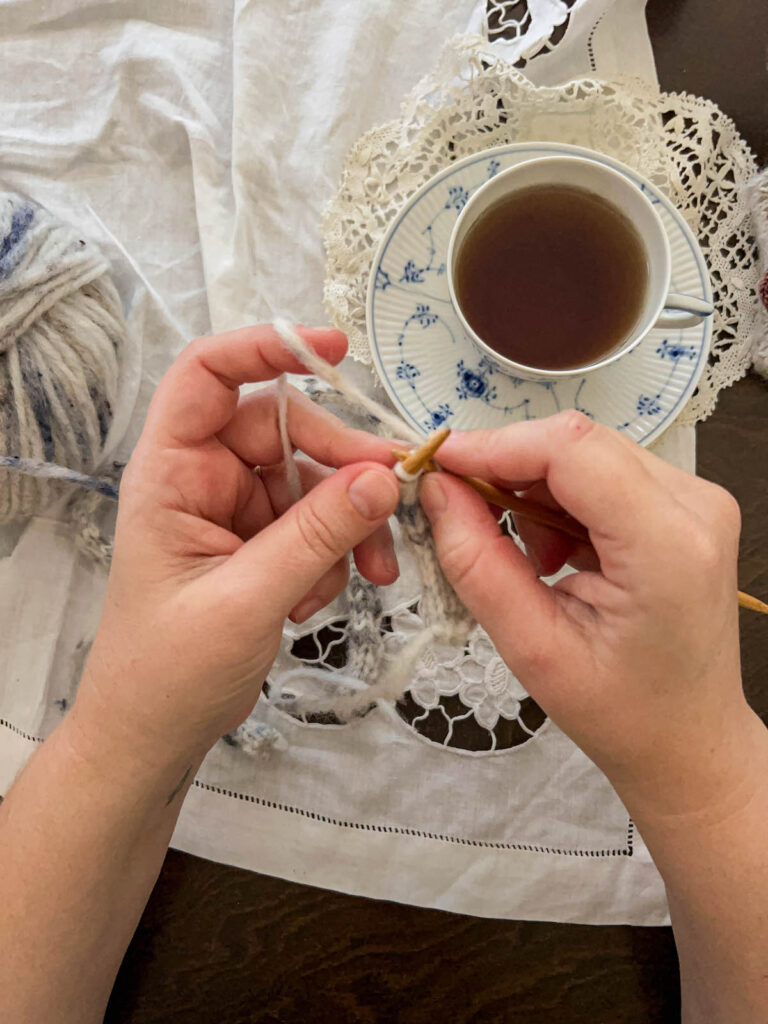
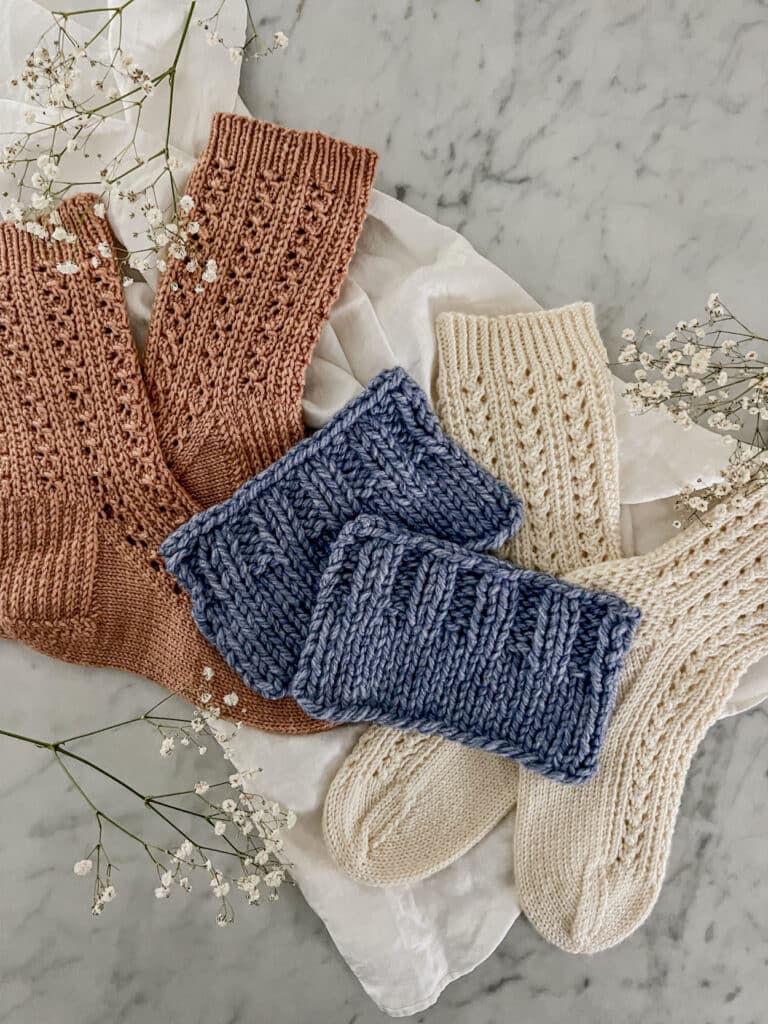
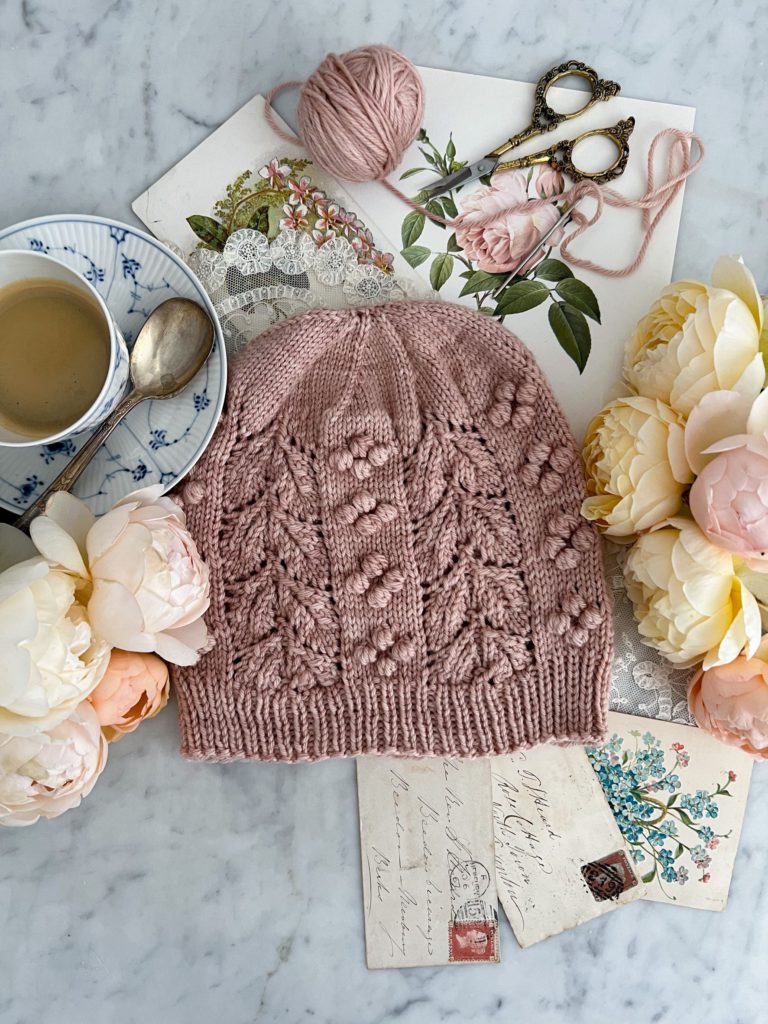
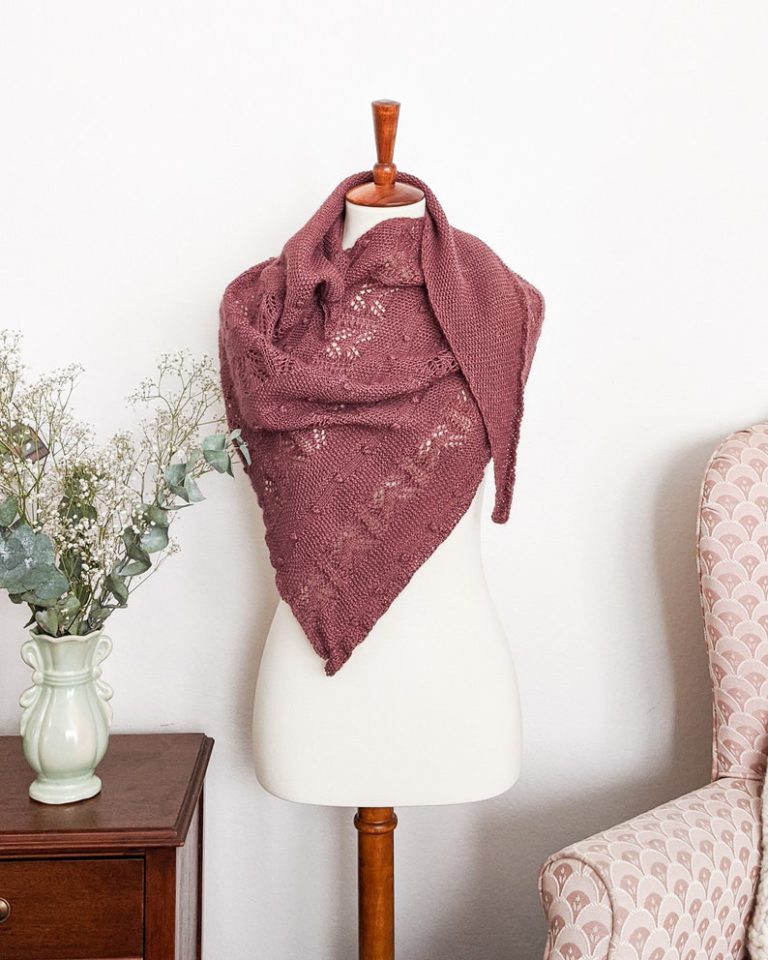
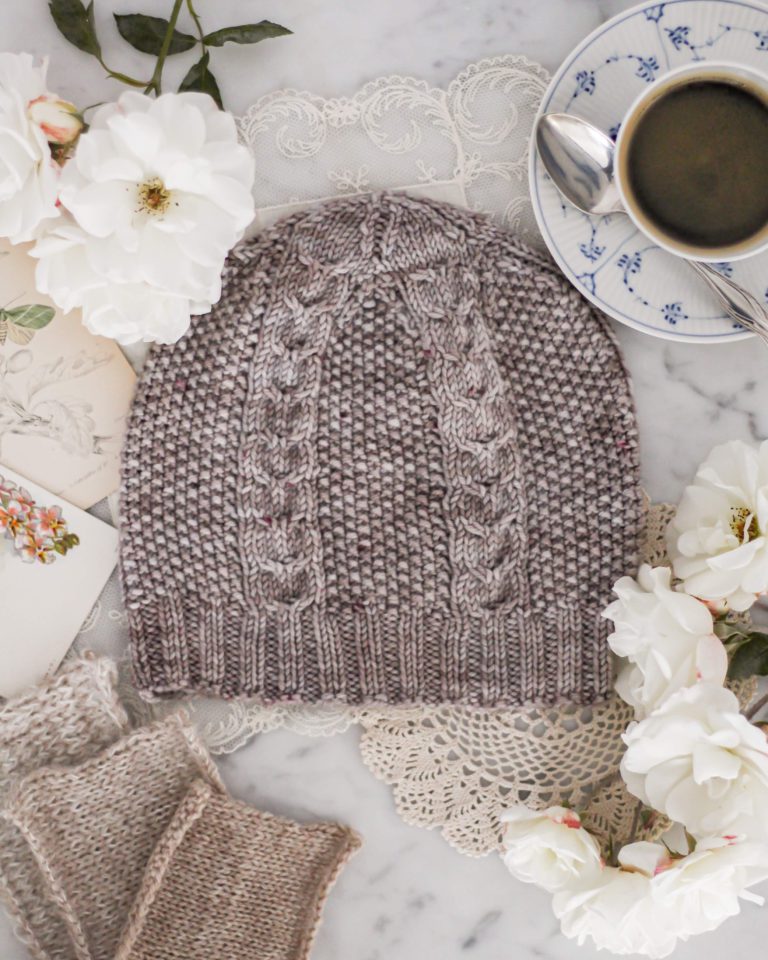
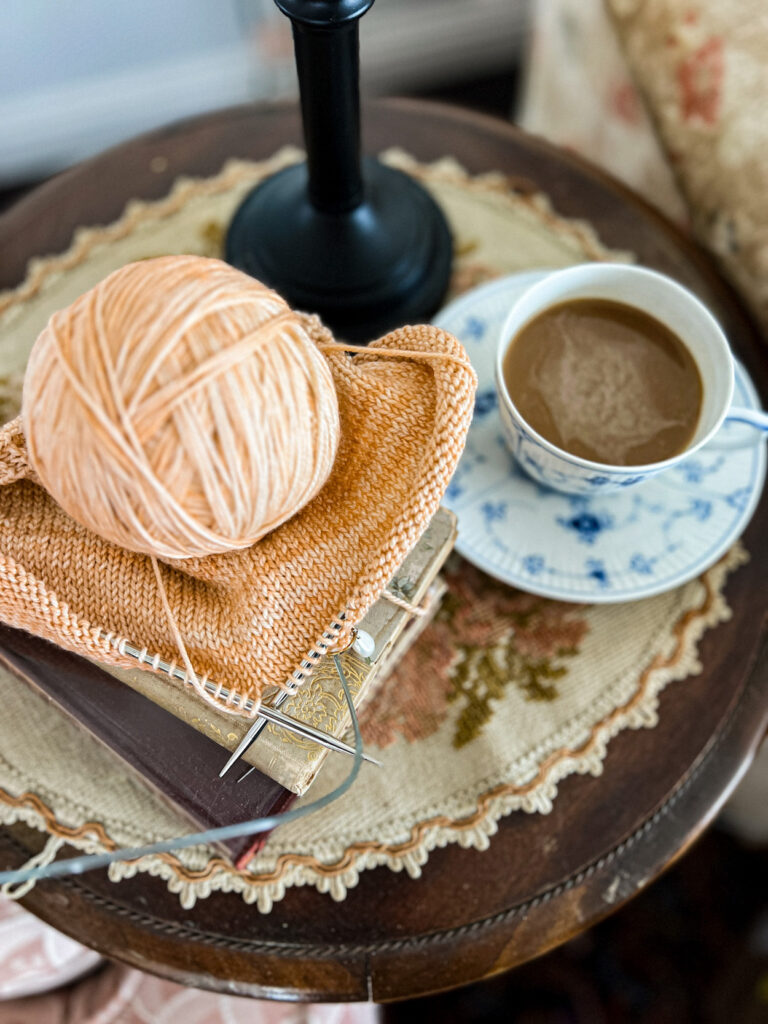
I could not agree more. I am not a knitwear designer but have been knitting for about 40 years. I often adapt patterns as I don’t get the Guage needed etc. , and your article hit the nail on the head. Thank you.!
Thanks for the kind note. It makes me so sad when I see people saying to just change needles to make a bigger or smaller garment. Hopefully this will help prevent that from happening.
I’ve spent hours trying to figure out how to make mychosen pattern fit my body, which lies halfway between two sized. Should I increase the needle size or add stitches, which will cause other problems with the pattern?? It’s very frustrating!
Oh, this is one of the trickiest things in knitting, and unfortunately, you’re probably going to have to do some math. It’s best to add a few stitches on either side to increase the size without changing the gauge, but that means you’ll need to make thorough notes about the changes you’ve made and how it will affect later phases of the pattern.